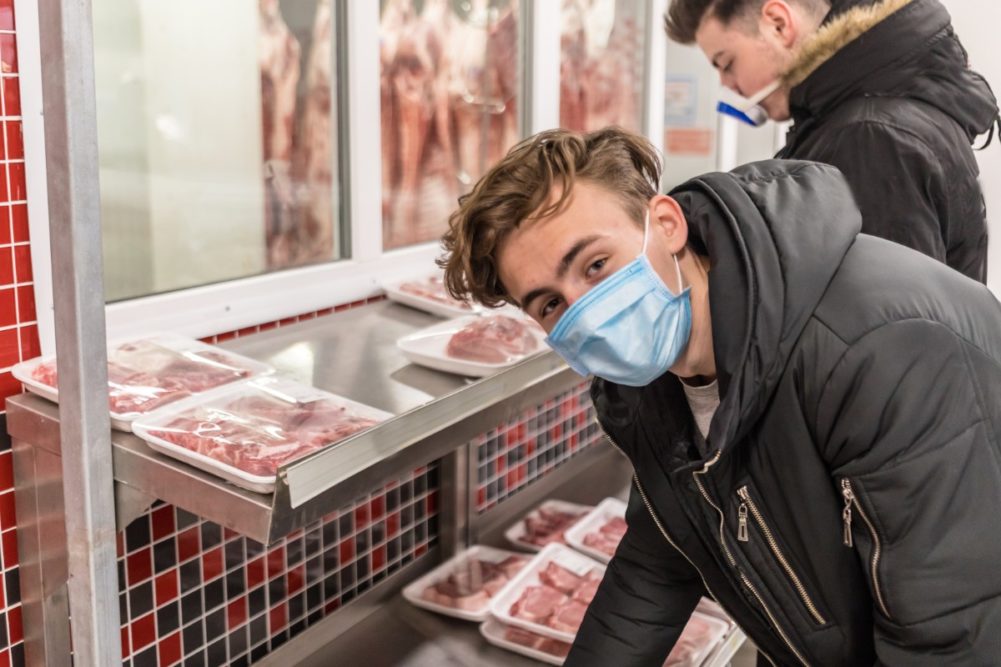SAN ANTONIO – Free from the impact of this year or last year’s Easter holiday, data from 210 Analytics and IRI shows sales in the fresh perimeter for the week ending on April 26 were 23.1% above sales during the same timeframe in 2019.
The meat department remains the top-performing fresh category, which was up 49.7% during the last full week of April. Pork (up 61%), beef (up 58%) and turkey (up 43%) were the top-performing meats, trailed by chicken which was up 43% and lamb which was down 3%.
Supply is likely to impact meat sales in the weeks to come.
“Based on the current market changes as well as announced plant closures, sourcing has been challenging to say the least,” said Samer Rahman, senior director of meat and seafood for Allegiance Retail Services. “With the news reports on plant closures, customers are under the impression meat will not be available in any form. They were alarmed by these reports and started loading up on fresh and frozen meats.”
Christine McCracken, the executive director of food and agribusiness for Rabobank, said consumers will likely begin seeing noticeable shortages of pork, beef and chicken at retail stores the first full week of May.
“Plants are beginning to reopen, but labor has been slow to return and volumes remain sharply below year-ago levels,” McCracken said. “Beef and pork production are both down 35% year-over-year. A handful of chicken and turkey plants closed in the past week, but the impact on total production has been limited. Processors are allocating limited supplies to their bigger customers, leaving smaller, more regional operators with fewer options.”
Deli departments and prepared foods sections remained closed at some grocery stores across the country as customers are increasingly moving toward pre-packaged foods as a safety measure, which is also causing the downward turn of the section.
“Going into May, several states have released detailed plans for re-opening in phases. In some, restaurants could reopen starting May 1, though often with social distancing and occupancy rate restrictions in place,” said Anne-Marie Roerink, president of 210 Analytics. “The reopening of restaurants in these states may provide an indicator of consumers’ mental readiness and economic ability to re-engage with foodservice. For the foreseeable future, it is likely that grocery retailing will continue to capture an above-average share of the food dollar.”


